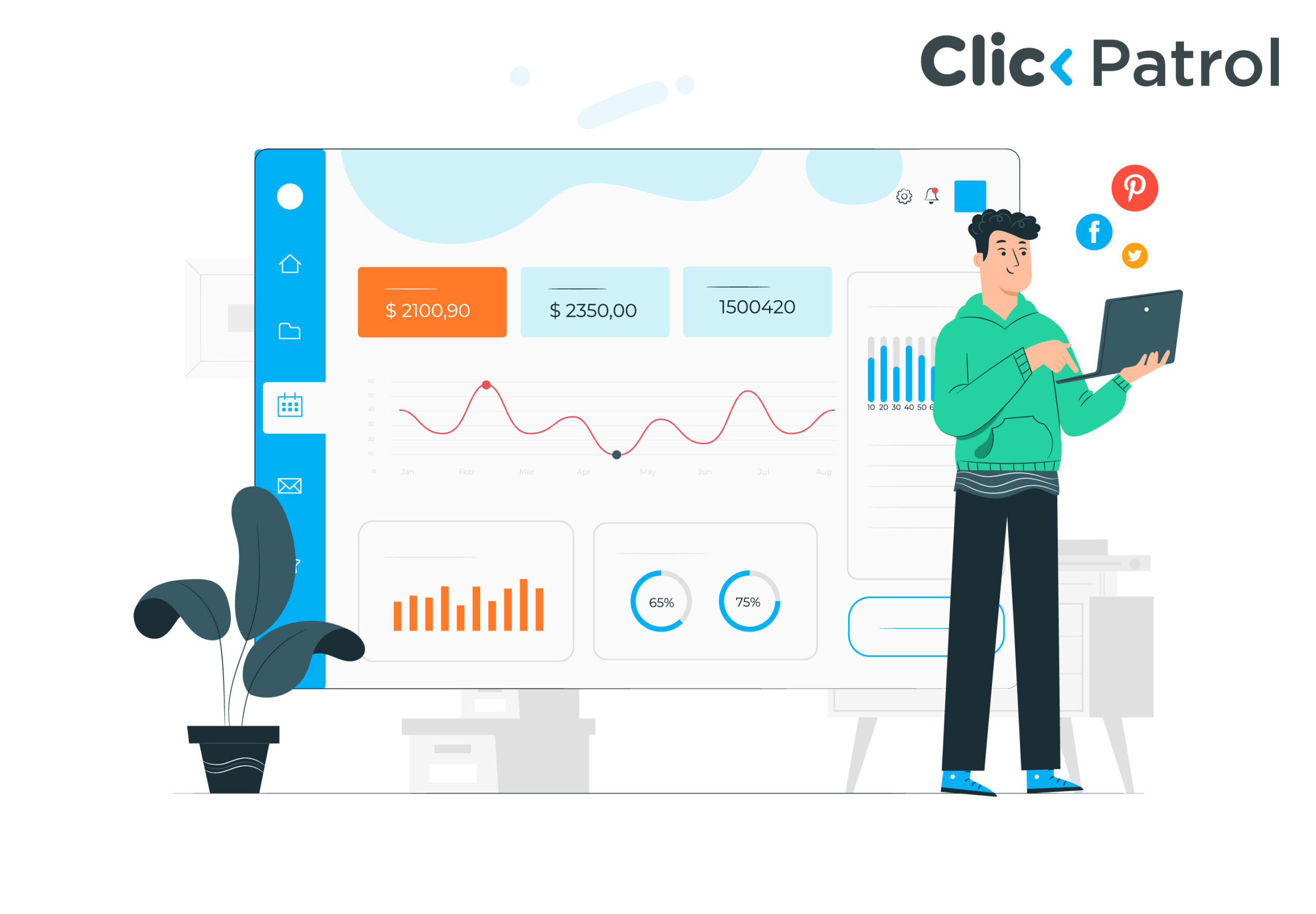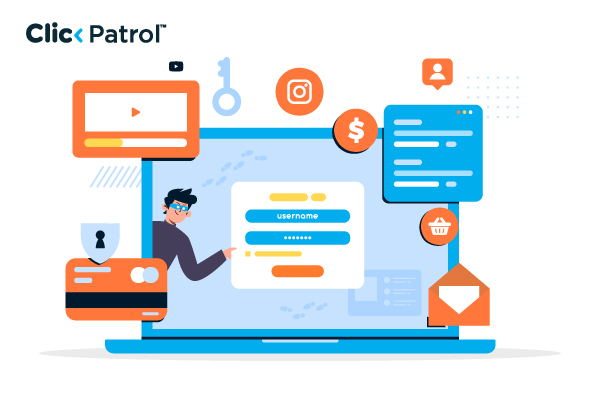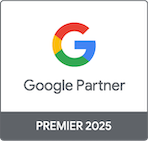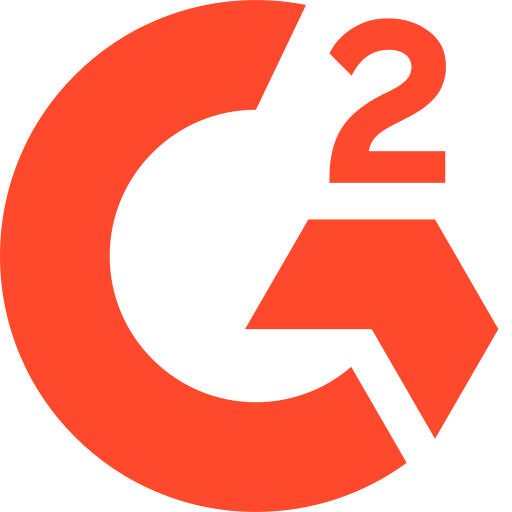
What is Cost Per Impression (CPI)? How it Works and How to Optimize Ad Spend
Abisola Tanzako | Mar 14, 2025

Table of Contents
- What is CPI in advertising?
- CPI vs. CPC vs. CPA: Which advertising model is best?
- How to calculate CPI: Formula and examples
- Factors that impact CPI rates
- Techniques for improving CPI campaigns
- Challenges of Cost Per Impression advertising
- CPI vs. CPC vs. CPA: Which pricing model is best for your business?
- FAQs
Ever wonder how much brands pay just for an ad to appear on your screen? With digital ad spending expected to hit $600 billion by 2024, understanding CPI is crucial for effective budgeting. Unlike cost per mille (CPM), which calculates the cost per 1,000 impressions, CPI focuses on individual ad views, making it ideal for brand awareness campaigns.
With CPM-based ads accounting for over 50% of global digital ad spending (Statista, 2023), knowing how CPI works helps advertisers optimize costs while maximizing reach. This guide breaks down CPI, compares it with other ad pricing models, and shares expert strategies for optimizing ad spending effectively.
What is CPI in advertising?
Cost per impressionis a pricing model in digital advertising where advertisers pay for every instance their ad is displayed, regardless of whether the viewer interacts with it. It is commonly used in display advertising, social media ads, and programmatic campaigns. Unlike cost-per-click (CPC), which charges based on user engagement, CPI focuses solely on visibility. Marketers track CPI to assess the cost-effectiveness of increasing brand awareness and compare it with other metrics, like conversion rates, to determine overall campaign performance. A lower CPI indicates a more affordable reach, but advertisers also consider factors like audience targeting, ad placement, and engagement levels to ensure the impressions lead to meaningful brand interactions.
CPI vs. CPC vs. CPA: Which advertising model is best?
Below is an overview of each model to help you determine which best aligns with your business goals.
1. CPI (Cost per Impression)
- Definition: Advertisers pay for each time their ad is displayed to a user, regardless of interaction.
- Best for: Brand awareness and reach.
- Payment structure: This is based on the number of times an ad is shown (impressions).
- Risk factor: Low risk, but may not guarantee user engagement or conversions.
- Common platforms: Display advertising (Google Display Network, banner ads, programmatic advertising).
2. CPC (Cost per click)
- Definition: Advertisers pay only when users click the ad.
- Best for: Traffic generation and engagement.
- Payment structure: This is based on actual user clicks on the ad.
- Risk factor: Medium risk, as clicks may not always lead to conversions.
- Common platforms: Search ads (e.g., Google Ads), social media advertising (e.g., Facebook, Instagram).
3. CPA (Cost per acquisition)
- Definition: Advertisers pay only when a specific conversion (e.g., signup, purchase) occurs.
- Best for: Sales and lead generation.
- Payment structure: Based on completed conversions/actions.
- Risk factor: Higher risk, as advertisers pay only for successful conversions, making it costlier.
- Common platforms: E-commerce platforms, lead generation campaigns, and affiliate marketing.
How to calculate CPI: Formula and examples
Cost per Impression = (Cost of ad campaign / Number of Impressions) x 1000
Example:
- You spend $500 on an ad campaign.
- The ad gets 200,000 impressions.
Calculation:
- $500 ÷ 200,000 = $0.0025 per impression
- Multiply by 1,000 → $2.50 per 1,000 impressions
- So, the CPI is $2.50 per 1,000 views.
Factors that impact CPI rates
Here are key factors that influence CPI (Cost Per Impression) rates:
- Ad placement: Premium ad positions (e.g., homepage, above the fold) cost more.
- Industry and competition: Highly competitive industries (e.g., finance, tech) have higher CPI.
- Audience targeting: Narrow targeting (e.g., demographics, interests) increases costs.
- Ad quality and format: High-quality, engaging ads (e.g., video, interactive) may cost more but perform better.
- Device type: Mobile and desktop ads can have different CPI rates.
- Geographic location: Ads in high-income regions typically have higher CPI.
- Seasonality and demand: Peak periods (e.g., holidays, sales events) drive up CPI.
- Ad network and platform: Different platforms (Google, Facebook, LinkedIn) have varying CPI rates.
Techniques for improving CPI campaigns
Here are key techniques to improve CPI (Cost Per Impression) campaigns:
- Optimize ad creatives – Use high-quality visuals, compelling copy, and engaging formats to increase click-through rates.
- Refine audience targeting – Focus on the right demographics, interests, and behaviors to reach a relevant audience.
- A/B testing – Test different ad variations (images, headlines, CTAs) to identify the best-performing versions.
- Use programmatic advertising – Automate bidding and placements for better efficiency and cost control.
- Improve ad placement – Choose high-performing websites, apps, or social media placements to maximize visibility.
- Adjust bidding strategy – Optimize bid amounts based on performance data to balance reach and cost.
- Leverage retargeting – Re-engage users who have previously interacted with your brand for higher conversions.
- Monitor and analyze performance – Track key metrics and adjust campaigns based on real-time insights.
Challenges of Cost Per Impression advertising
Challenges of CPI advertising include:
- Low engagement – Paying for impressions does not guarantee clicks or conversions.
- Ad fraud – Bots and fake traffic can inflate impressions, leading to wasted ad spend.
- Banner blindness – Users may ignore display ads, reducing their effectiveness.
- Viewability issues – Ads may load below the fold or on low-quality sites, limiting visibility.
- High competition – Bidding wars can increase costs, especially in popular industries.
- Limited performance tracking – CPI does not directly measure user actions, unlike CPC or CPA.
- Ad blockers – Many users block display ads, reducing potential reach.
- Inefficient targeting – Poor audience segmentation can lead to irrelevant impressions.
CPI vs. CPC vs. CPA: Which pricing model is best for your business?
Understanding CPIis essential for advertisers looking to improve visibility and optimize ad spend. While CPI is cost-effective for brand awareness, balancing it with other models like CPC and CPA is crucial for a well-rounded strategy. Selecting the best advertising model depends on your business goals and budget. CPI works best for brand awareness, ensuring maximum visibility.
CPC is ideal for businesses focused on driving traffic and engagement, while CPA is the most cost-effective for those prioritizing conversions and measurable ROI. Factors like industry, competition, and ad placement also influence performance.
To maximize results, align your ad strategy with your objectives, test different models, and continuously optimize campaigns for better reach, engagement, and return on investment.
FAQs
Q. 1 What is CPI in advertising?
CPI (Cost Per Impression) refers to the cost an advertiser pays each time their ad is displayed to a user, regardless of engagement.
Q. 2 How is CPI calculated?
CPI is calculated using the following formula:
- CPI = Total Ad Spend / Total Impressions
Q. 3 When should I use CPI advertising?
CPI is best for businesses focused on brand awareness and visibility, especially in industries where reaching a broad audience is key.
Q. 4 How does CPI compare to CPM in ROI measurement?
While CPI measures the cost of individual impressions, CPM calculates the cost per 1,000 impressions. ROI from CPI depends on factors like engagement and brand recall, while CPM is better for large-scale visibility.
Q. 5 When should I use CPI advertising?
CPI is best for businesses focused on brand awareness and visibility, especially in industries where reaching a broad audience is key.





